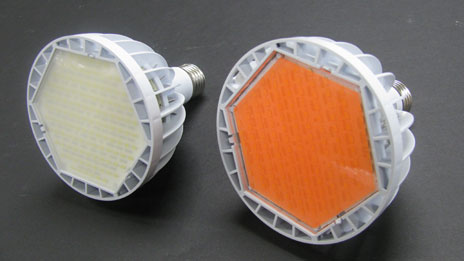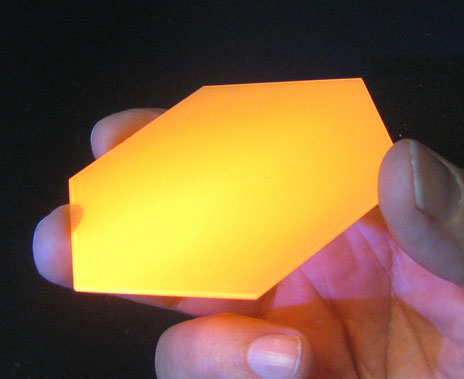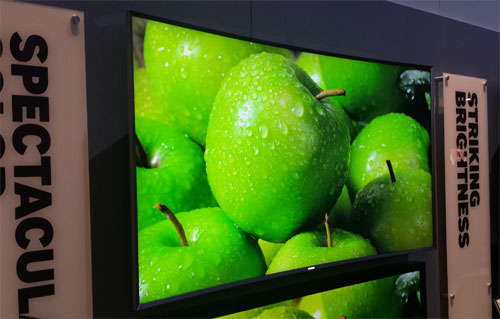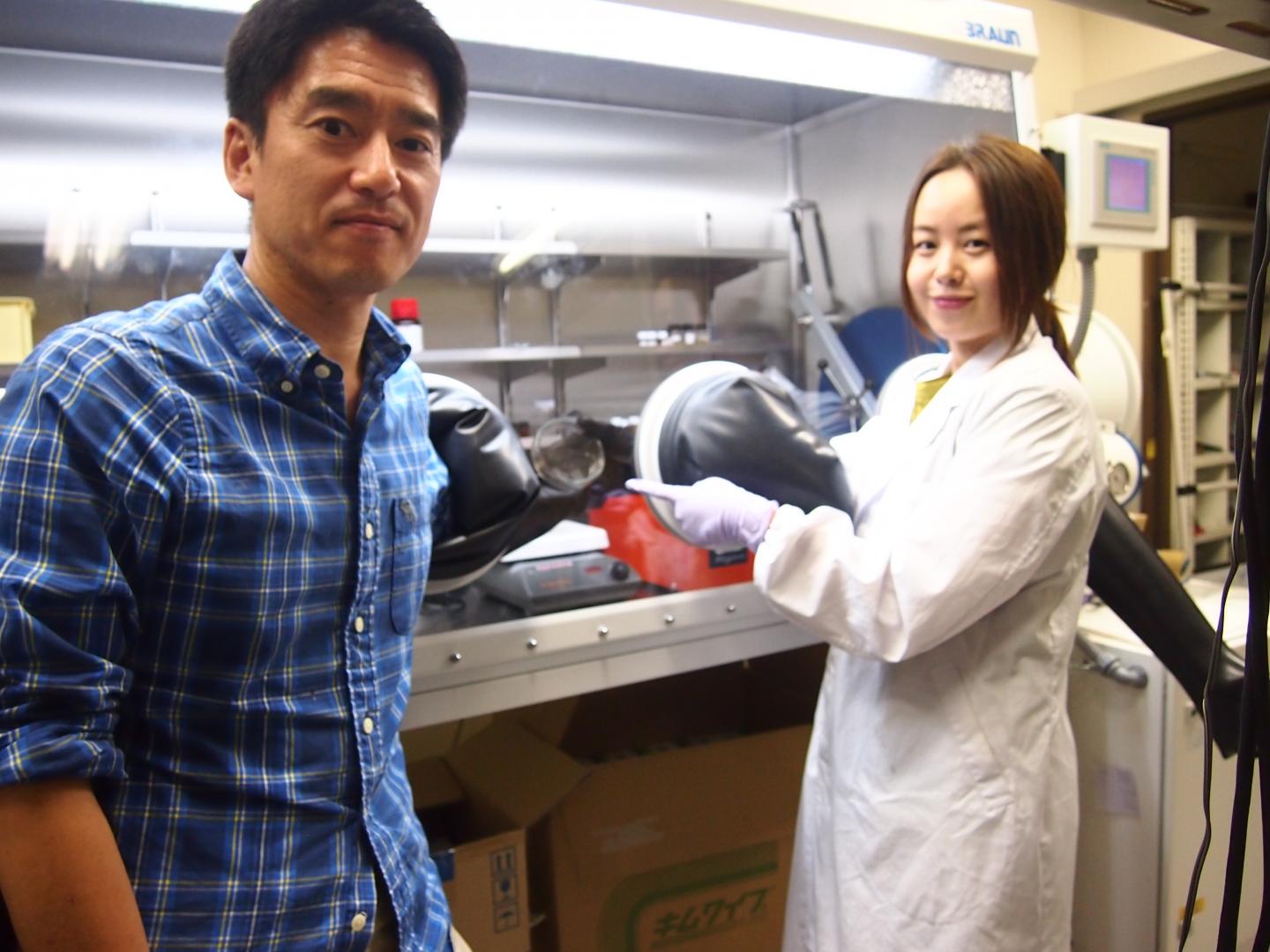Will the price of the LEDs drop soon?
Long operation time, better colour rendering, less energy consumption and higher efficacy are well-known advantages of the LED technology. Anyway, just as any other products, the LEDs also have their negatives. In this case, the price is the skeleton in the closet. As the production costs and eventually the final price of the LEDs are quite high, the producers keep trying to find a cheaper solution.
QLED – the LED successor
We have already mentioned the QLED or QD LED (Quantum dot light emitting diodes) in the article on the very first LED made by 3D print.
Main advantages of the QLED are higher light intensity, lower energy consumption and lower production costs. Thanks to the “ultra slim, transparent, flexible” design, the designers can create new displaying and lighting alternatives. Finally, the promises about massive QLED production and use have become true and the technology hits its “big time”. Samsung company launched the NanoCrystal Color, the first Quantum dot television, a device that offers wider colour spectrum and better light performance.
An Enhanced Hybrid
Ken-ichi Saitow and Yunzi Xinz, Japanese scientists from the University of Hiroshima, were able to enhance the technology even further. They found out new Quantum dot (QD) hybrid LED, that operates more economically – provides lower production costs and higher light intensity. They used silica based quantum dots. They created an hybrid inorganic-organic LED, that provides white-blue electro luminescence. New technology can mean a revolution in the flexible lighting and display systems.
The researchers stated that the new silica based Quantum dot LED technology provides electro luminescence at 6 volts and the light intensity reaches 78%. Let´s explain why these numbers are a breakthrough in the field. It has been 6 years since the scientists started to create electrically powered QLED. They were successful, however, the efficacy of the quantum dots of the most modern electro luminescence LEDs of that time had to be reduced from 90% to 15%. Why? Quantum dots were be covered by organic film to transport the electrons, what caused a decrease of the efficacy. Thus, the 78% efficacy of the electrically powered QLED is a significant achievement.
The Japanese scientists also stated that the light intensity of the new hybrid QLED is 350-times higher than the light intensity of up-to-date devices. How could they achieve that? They optimised the individual structure layers, so the electron transport became more efficient.
Nevertheless, the most surprising fact is that the new LED can be made only by means of substances and at room temperature and pressure. That means significant reduction of production costs. The production process is simple – a conductive polymer is placed on a slide and covered by colloid silica quantum dots. Sounds good, doesn´t it?
Sources:
- http://spectrum.ieee.org/nanoclast/semiconductors/optoelectronics/quantum-dots-enable-next-generation-of-led-lighting-systems
- http://www.extremetech.com/electronics/208156-new-quantum-dot-hybrid-led-is-cost-efficient-and-color-effective
- http://www.eurekalert.org/pub_releases/2015-06/hu-niu060515.php




